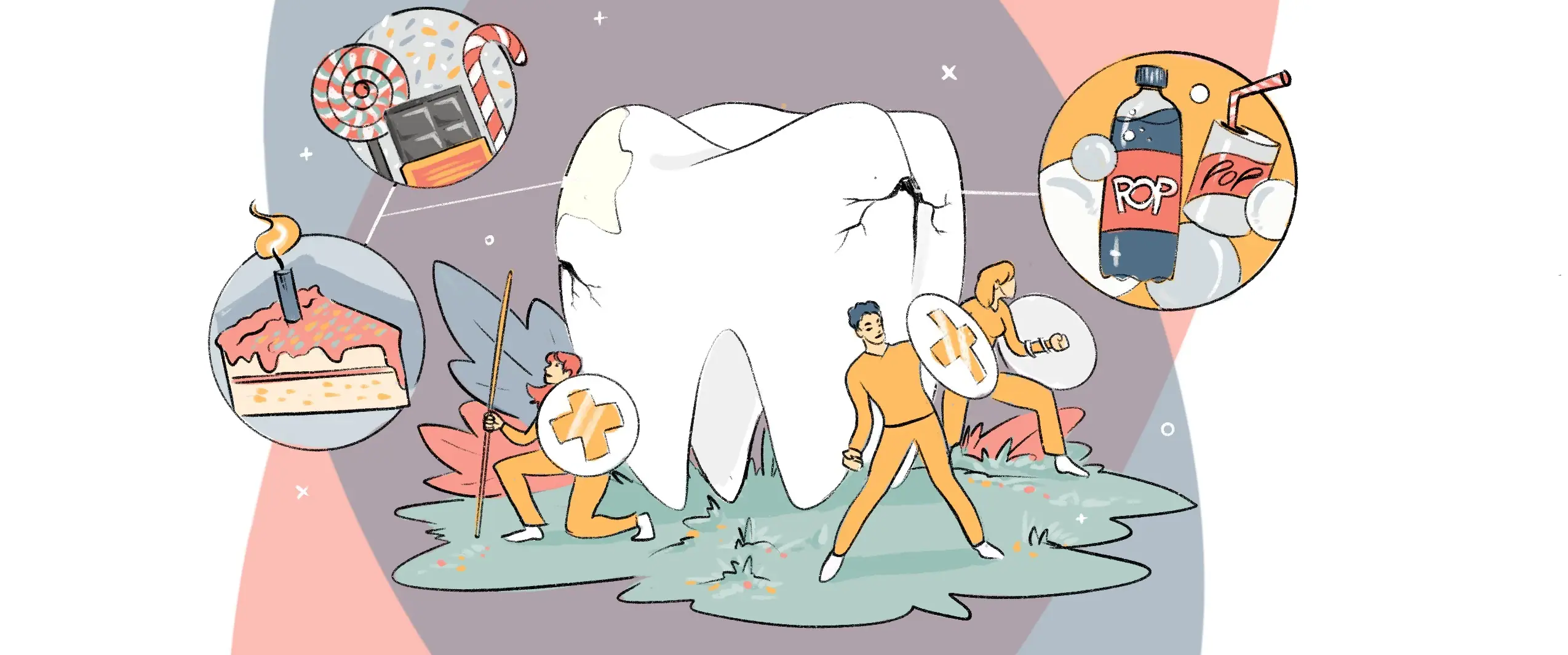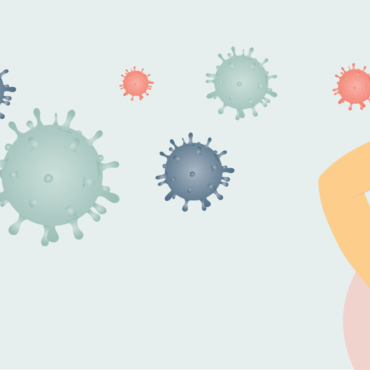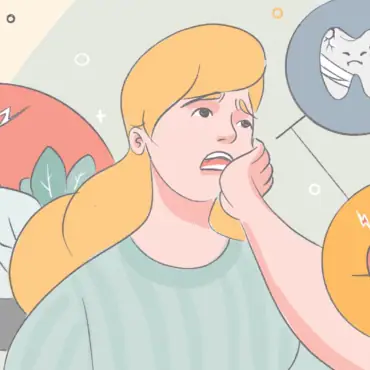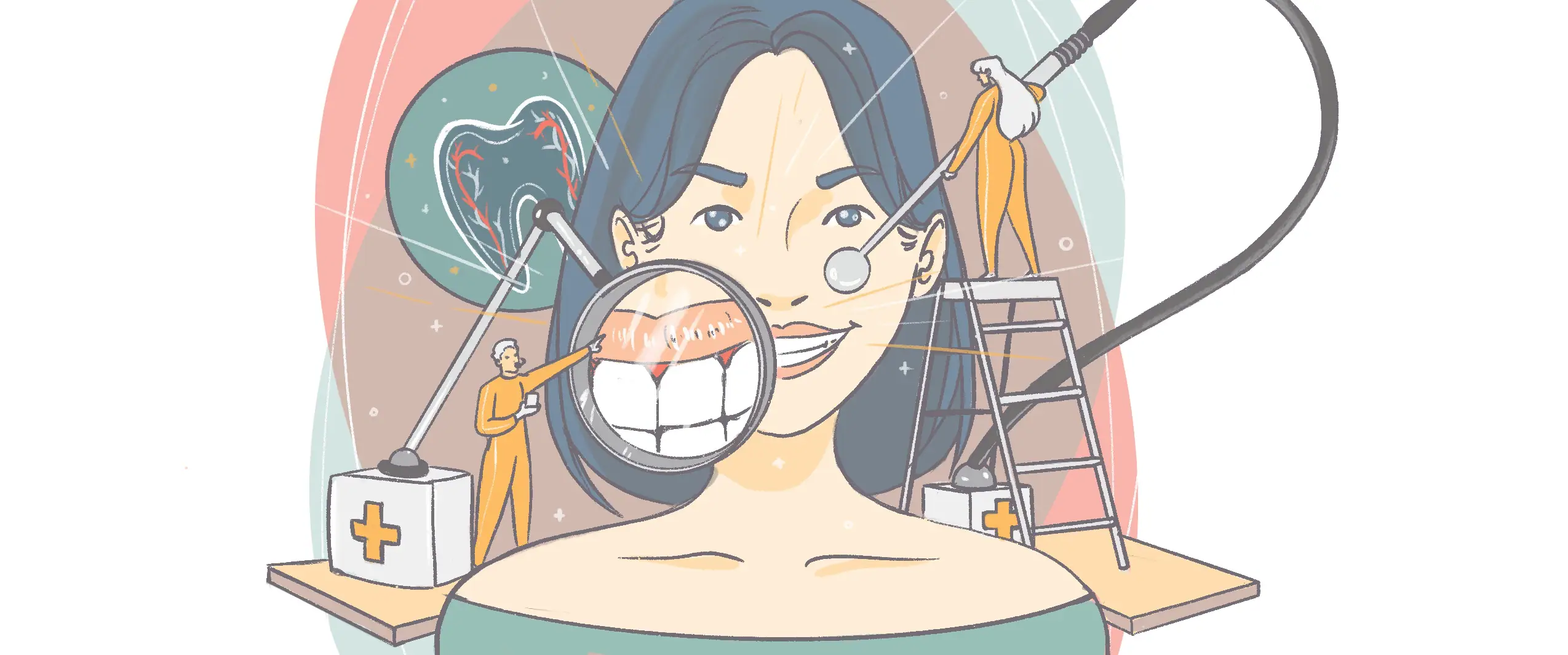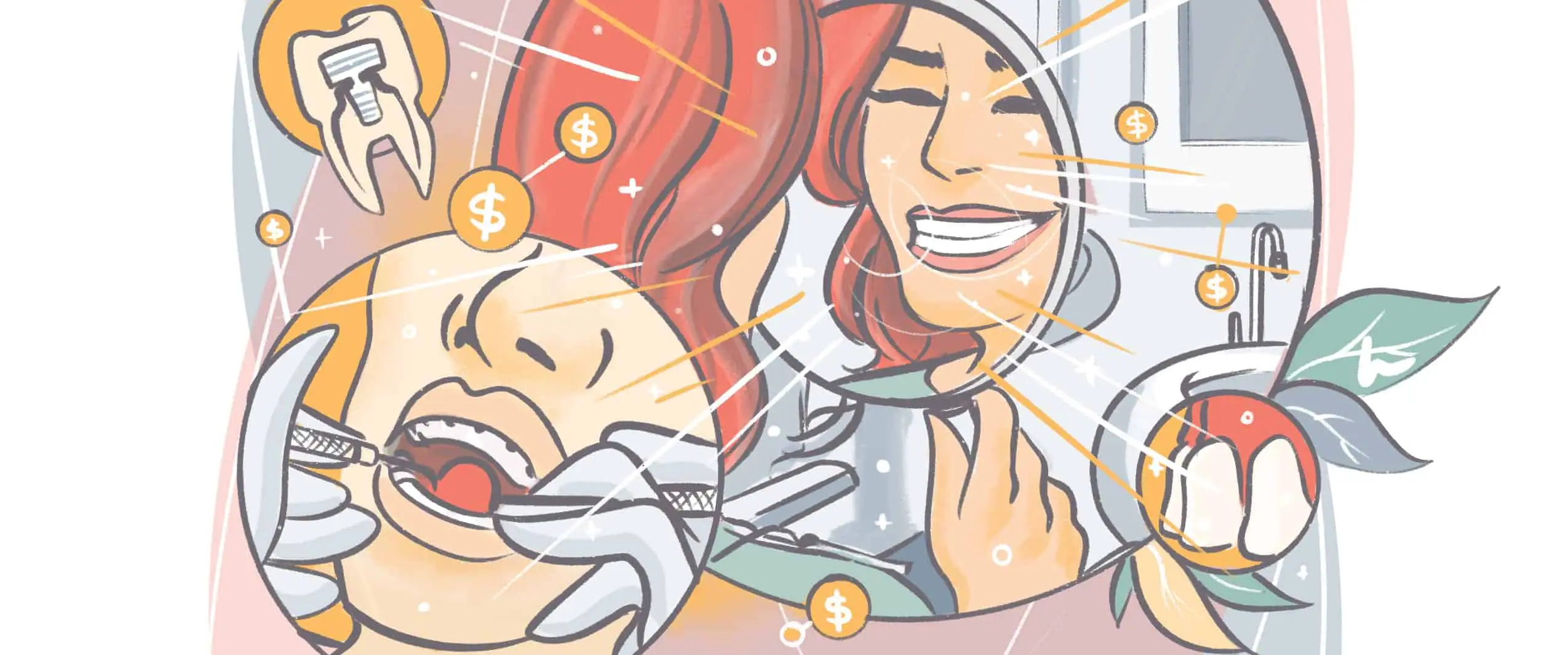Did you know that tooth decay is the most prevalent oral disease globally, affecting 60 to 90% of schoolchildren and nearly 100% of adults? Cavity treatment is extremely important to your overall health.
Considering these statistics and the fact that untreated cavities can lead to much more serious issues (as you’ll soon learn), it becomes crucial to understand not only why this disease happens but what the symptoms are and how you can prevent it.
In this article, we’ll cover all of these questions about cavity treatment and even more, so keep reading to learn everything you need to know about tooth decay!
What Is a Cavity?
A cavity is a result of plaque bacteria breaking down sugar in your tooth, which leads to the creation of damaging acids and, as a result, the softening of the tooth enamel — that is, the outermost layer of the tooth.
In other words, cavities happen when a tooth starts decaying (hence why it is also referred to as tooth decay), creating injured areas in its hard surface, which ultimately turn into small holes.
If left untreated, these holes can grow larger and even end up destroying the entire tooth.
What Does a Cavity Look Like?
During its initial stages, a cavity can be difficult to spot without a professional (which is why paying attention to the common cavity symptoms, which we’ll get into soon, is crucial).
However, as time goes by, you’ll start noticing the visible signs of tooth decay, which are:
- A hole in the tooth (which can be any size: from too tiny to notice to large enough for you to feel it with your tongue)
- While or dark spots on the tooth
- Swollen or, in extreme cases, bleeding gums
Cavity vs Stain: What’s the Difference?
As you know by now, one of the signs of tooth decay is the emergence of stains on the tooth.
However, the spots you’ve noticed might be there for a completely different reason, which raises the question: what exactly is the difference between a cavity and a stain?
In short, there are three main distinguishing factors between the two:
- The cause. A cavity happens when the tooth is deteriorating, while a stain is caused by certain foods or drinks.
- Stickiness. A cavity feels soft and sticky, while a simple stain doesn’t.
- Color. A cavity typically starts out white or yellow and, over time, becomes darker, while a stain is usually dark from the get-go.
What Are the Symptoms of Cavities and Tooth Decay?
Like with any other health issue, the earlier you can pinpoint the signs of tooth decay, the easier the treatment process will be.
Although cavities don’t usually show symptoms initially, it’s still a good idea to know what they are. As soon as you start experiencing symptoms, make a dentist appointment. These could be signs you need cavity treatment.
- Toothache and Tooth Sensitivity
Feeling pain for no apparent reason is probably the most common symptom of tooth decay.
You’ll also notice that your tooth is significantly more sensitive than usual, experiencing a mild to sharp pain when consuming foods or drinks that are sweet, hot, or cold, as well as when you bite down or touch the tooth with your tongue.
- Visible Pits in the Tooth
As mentioned before, one of the main visual characteristics of tooth decay is the emergence of a hole or pit in your tooth, which can be accompanied by discoloration, dark spots, and red/bleeding gums.
- Bad Breath
Cavities can also lead to persistent bad breath that doesn’t go away after you brush your teeth or even use mouthwash.
What Causes Cavities?
Growing up, we’ve all heard about the dangers of eating too many sweets and unhealthy foods, one of which being the emergence of tooth decay. In short, this dietary habit — sometimes coupled with poor oral hygiene — is what produces cavities.
To go into some more detail, here are the specific habits and factors that tend to result in tooth decay:
- Poor Oral Hygiene
Not brushing and flossing your teeth every day leads to plaque, which will produce acids that damage your tooth enamel and lead to cavities.
- Unhealthy Dietary Habits
Even if you have a good oral hygiene routine, there are certain foods and drinks that, when consumed in excess, will still contribute to the emergence of cavities, including:
- Soft drinks
- Flavored milk and yogurt
- Candy
- Cake
- Biscuits
- Bread
- Jam
- Sauces and syrups
- Dried fruits
- Alcoholic beverages
- Dry Mouth
Your saliva plays a big role in eliminating plaque from your teeth, which is why if you have a dry mouth, you are more prone to struggling with tooth decay.
- Tooth Location
Cavities usually appear in the back teeth, as these have more pits where food particles can accumulate, which will lead to bacterial growth without proper tooth cleaning habits.
- Other Medical Conditions
Sometimes, cavities appear due to other medical issues, such as eating disorders, diabetes, anemia, and even oral cancer.
How Can Cavities Be Prevented?
Preventing cavities is easier than you think – all you need to do is maintain healthy dietary and oral hygiene habits, including:
- Brushing your teeth twice per day and flossing at least once.
- Using a high-fluoride toothpaste (as fluoride has been proven to protect against decay efficiently)
- Avoiding foods that are more likely to lead to tooth decay (and brushing your teeth right after, every time you consume them).
- Drinking tap water (as long as your local tap water is safe), as most public water supplies include added fluoride.
- Visiting your dentist at least twice a year, and every time you notice any abnormalities in your oral health.
- Asking your dentist about antibacterial treatments if you’re particularly prone to tooth decay.
What Happens If a Cavity Goes Untreated?
Leaving a cavity untreated can lead to a tooth abscess, which is an infection in the tooth. This can lead to serious health problems in the long run, as the bacteria can enter your bloodstream and end up affecting other parts of your body. Getting cavity treatment as soon as you notice signs is extremely important.
When it comes to cavities, you should try to find a dentist near you as soon as possible to minimize further complications.
Can a Cavity Heal Itself?
Due for a checkup?
Find a top rated dentist near you that takes your insurance.
Once you have a cavity, you have to get medical treatment, as it cannot heal or reverse itself.
However, suppose the decay is in its very initial stages, meaning that you haven’t lost a significant amount of minerals. In that case, the enamel can repair itself, as long as you follow the prevention measures previously mentioned.
How Do Dentists Treat Cavities?
Although cavities can be painful, and the thought of visiting the dentist can be slightly daunting, there is good news: tooth decay is fairly easy to get under control. Cavity treatment varies.
As long as you don’t leave it untreated for too long, the dentist will simply perform a cavity filling, which is a procedure during which the tooth’s damaged area is cleaned and filled in, so it can go back to its initial shape.
In more severe cases, the dentist might have to perform a root canal or even an extraction.
Do Cavity Fillings Hurt?
Cavity fillings can be uncomfortable, but they will not hurt. Your dentist will administer a local anesthetic, so although you’ll probably feel a bit of pressure during the procedure, you won’t experience pain.
Sign up for our newsletter.
Just let us know a bit about yourself.
How Can You Prepare For a Cavity Filling?
If you’ve never gotten a cavity filling before or dentists make you feel a bit nervous, fear not. Fillings are quick, and thanks to anesthesia, relatively easy to endure.
Having said that, there are a few things you can do to prepare for your appointment:
- Ask your dentist any questions. Remember: they’re more than used to dealing with patients’ anxiety, and they won’t have a problem answering all your questions to give you more peace of mind.
- Choose the type of filling you want. Your dentist will give you professional advice on this topic, but it’s also worth doing your own research.
- Ask someone to give you a ride. After getting anesthesia, you might not be in the right state to drive, so asking a friend or family member to go with you is always a good idea.
- Prepare for the aftercare. Make sure you have floss and mouthwash at home and look into purchasing toothpaste for sensitive teeth.
When Should You See a Dentist About Cavities?
Besides your routine dentist appointments, which should happen once or twice every year, you should visit your dentist as soon as you start to notice any of the symptoms we’ve discussed in today’s article.
We can’t stress enough how much of a difference getting treatment in the initial stages of tooth decay can make, so our recommendation is simple: don’t postpone an appointment you know is necessary. Get cavity treatment at the first sign of symptoms.
Now that you know all the essential information about tooth decay, from why it happens to how it manifests itself, how you can prevent it, and when it’s time to find a dentist, you’ll have a much easier time keeping up with your oral health.
Remember: your smile is a massive part of what makes you, you. Treat it as such!
Due for a checkup?
Find a top rated dentist near you that takes your insurance.

